Venosa sits quietly in the southern Italian region of Basilicata, its history layered beneath your feet. When I wandered its ancient streets, I stumbled into a blend of Jewish heritage and Roman history that most travelers seem to overlook.
The Jewish catacombs of Venosa, dating from the 4th to 6th centuries CE, stand as some of the most significant remnants of the once-thriving Jewish community in southern Italy.
People uncovered the catacombs in 1853, about a mile northeast of town on Collina della Maddalena. As I explored these underground burial chambers, I couldn’t help but feel the weight of the Jewish exile experience after the destruction of the Temple in Jerusalem.
Unlike most tourist sites in Italy, these catacombs remain almost untouched by crowds. The quiet here invites reflection.
Venosa’s real magic is this layering of history. Roman baths and ancient ruins above ground shout about the town’s imperial significance. Below, the Jewish burial complex tells a quieter, deeper story—a community putting down roots far from home.
My walk through Venosa turned into a journey through time, with cultures and traditions weaving together in ways I didn’t expect.
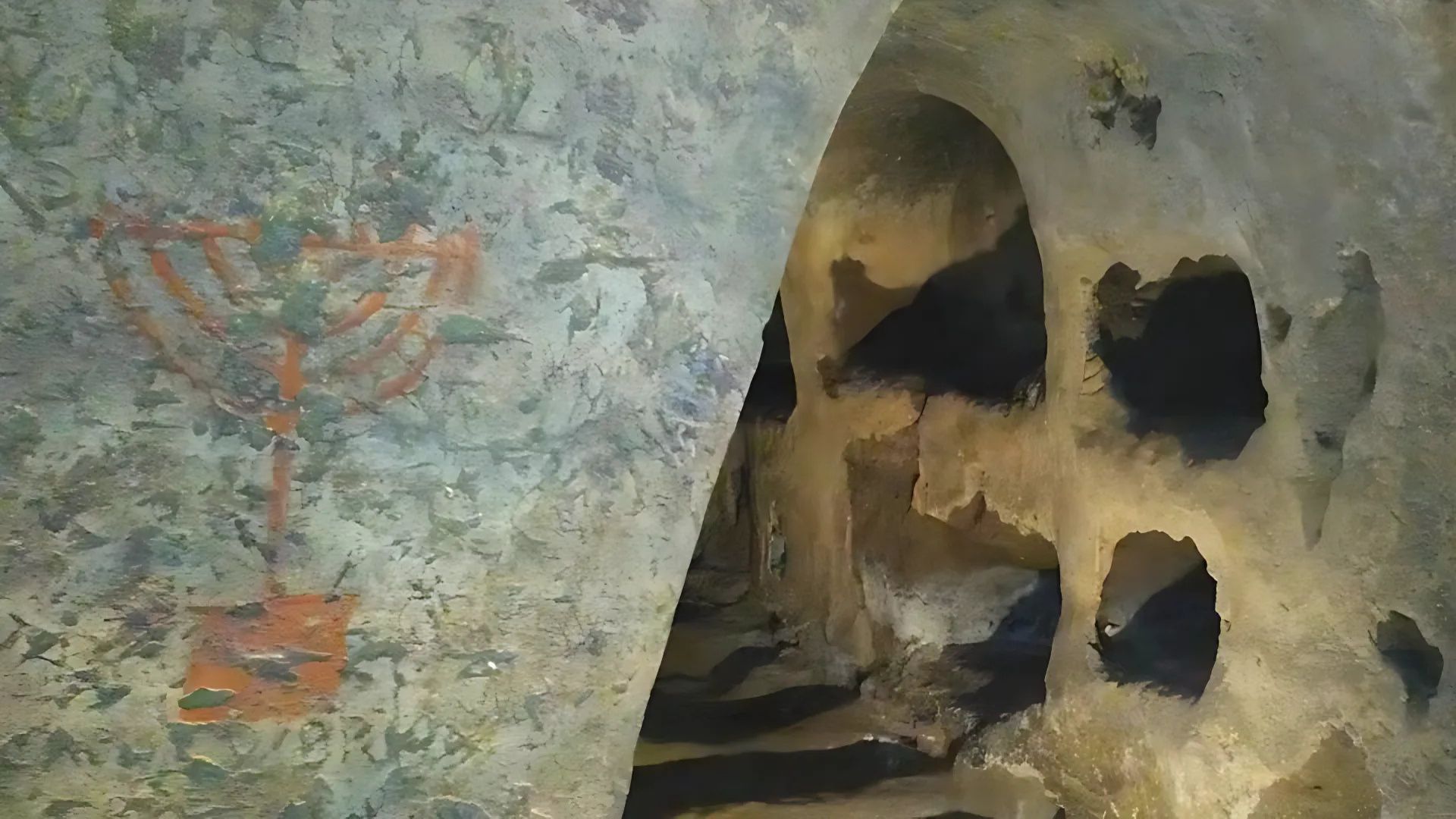
Venosa’s Timeless Tapestry: Layers of Jewish and Roman Heritage
Walking through Venosa, I felt like I was flipping through a living history book. The ancient stones here whisper stories from civilizations that called this place home, creating a blend of Jewish and Roman influences that’s honestly hard to find elsewhere.
A Mosaic of Ancient Times
Venosa’s Roman roots hit you right away, especially in the archaeological park. The Romans founded the town around 291 BCE and named it Venusia, after Venus.
The Roman baths and amphitheater still hint at the town’s former glory. When I wandered among these ruins, I could almost imagine the buzz of daily Roman life that once filled the air.
Venosa grew in layers. Each civilization built on what came before. I spotted ancient inscriptions—some in Latin, others in Hebrew—scattered throughout the town, proof that different cultures managed to coexist here for centuries.
The Jewish Community Through the Ages
The Jewish presence in Venosa goes back surprisingly far—possibly as early as the 3rd century CE. I found this out from Hebrew inscriptions discovered in the area.
The catacombs, found in 1853, are the most striking evidence of this community. They sit about a mile northeast of town on Collina della Maddalena and date from the 4th to 6th centuries CE.
These catacombs aren’t just burial places. They’re a window into a Mediterranean Jewish diaspora that thrived here. The inscriptions show a community deeply rooted in its faith but also connected to the society around them.
Southern Italy played a big role for Jews in Late Antiquity, and Venosa was one of its key hubs.
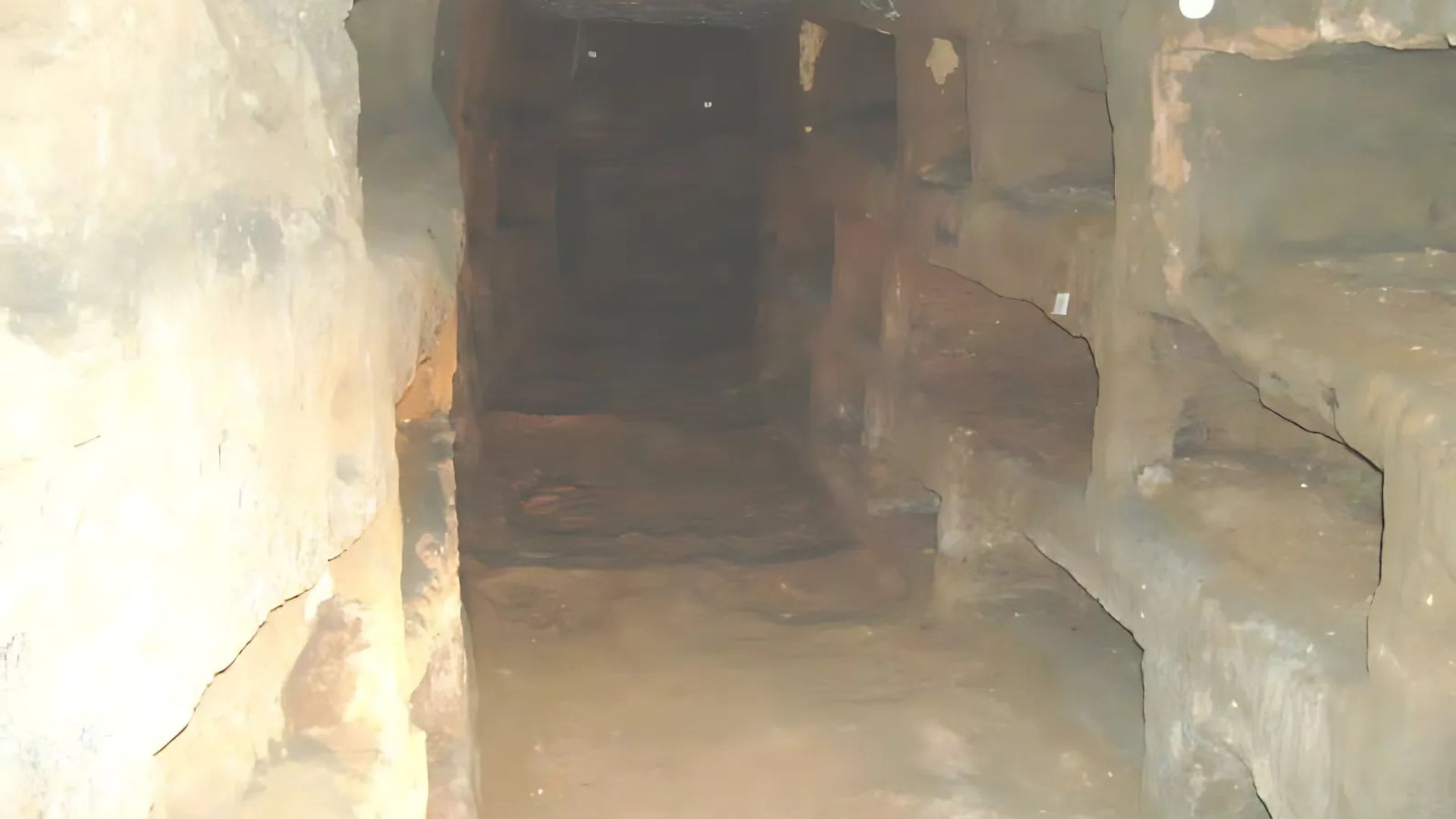
Rise of Christianity and the Christian Church
Christianity swept through the Roman Empire, and Venosa changed too. I spent hours poking around the massive, unfinished church complex that looms over part of the town.
This building project began during the shift from late Roman to early medieval times, but it was never finished. It stands as a reminder of historical turning points.
Christian builders often reused materials from earlier structures. I noticed Roman columns and Jewish carved stones tucked into church walls, creating an accidental architectural timeline.
Even as Christianity grew, the Jewish community in Venosa stuck around for centuries. This kind of religious coexistence was rare back then.
Jewish Catacombs: Sanctuaries Beneath the Stones
Venosa’s Jewish catacombs have stood quietly for centuries, bearing witness to a Jewish community that flourished between the 4th and 6th centuries CE. These underground chambers tell a story of Jewish life, tradition, and identity during the late Roman and Byzantine periods.
Architectural Wonders and Archaeological Insights
When I first descended into the catacombs, I was honestly surprised by their size. The complex, uncovered in 1853, stretches about 400 meters underground on Collina della Maddalena, just outside the old town.
You’ll see corridors lined with burial niches (loculi) carved into the soft tufa rock. These burial chambers follow unique Jewish architectural patterns. Family units get their own spaces, and community leaders or rabbis have special sections.
Archaeologists believe the catacombs saw use for several generations. I noticed newer chambers branching off from older ones, showing how the community grew over time.
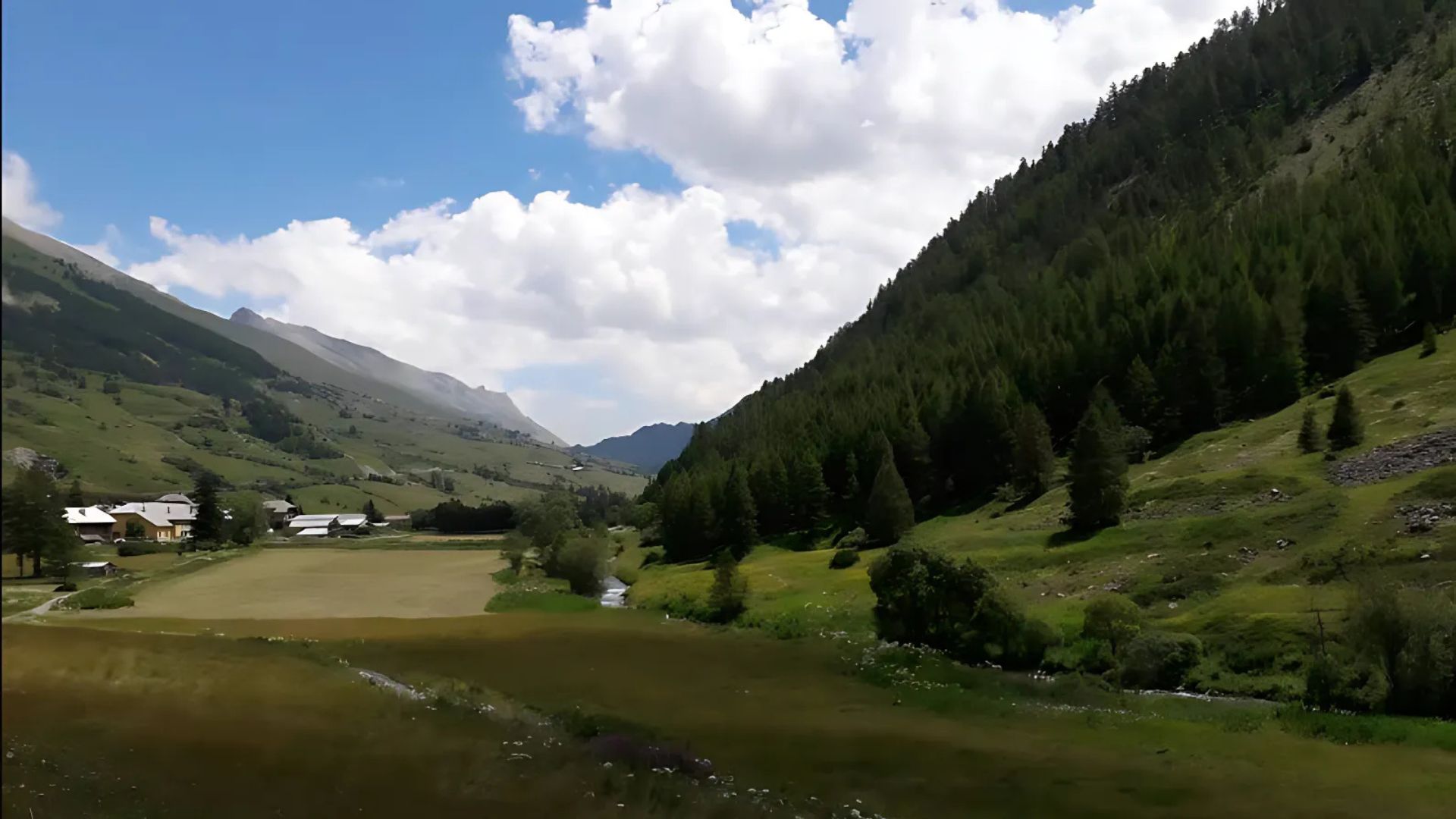
Epigraphic Evidence and Hebrew Texts
The inscriptions covering the burial niches fascinated me most. These epigraphic treasures appear in three languages:
- Hebrew: Religious texts and prayers
- Greek: Names and family ties
- Latin: Dates and community roles
This mix of languages reveals a community balancing Jewish identity with Roman culture. Many inscriptions reference the Torah and Sabbath, showing their dedication to tradition.
One inscription especially caught my eye: “Here lies Faustina, daughter of Joseph, who lived 25 years. May her soul rest in Eden.” These words make the ancient community feel so much more real.
Rituals, Sabbath, and Jewish Art
The catacombs also show how the community practiced their faith. I spotted symbols like the menorah, shofar, and etrog—iconic objects in Jewish holidays such as Passover and Shavuot.
Women feature in many inscriptions, hinting at their important roles. I also noticed special purification areas that probably served as mikvehs, ritual baths essential to Jewish life.
The art in the catacombs combines Jewish tradition with local styles. Palm fronds, vines, and geometric patterns decorate many chambers, carefully avoiding human figures in line with religious law.
What struck me was the evidence of Sabbath observance—oil lamps made just for the seven-branched menorah turned up in several chambers. It seems these spaces weren’t only for burial but also for remembrance and gathering.
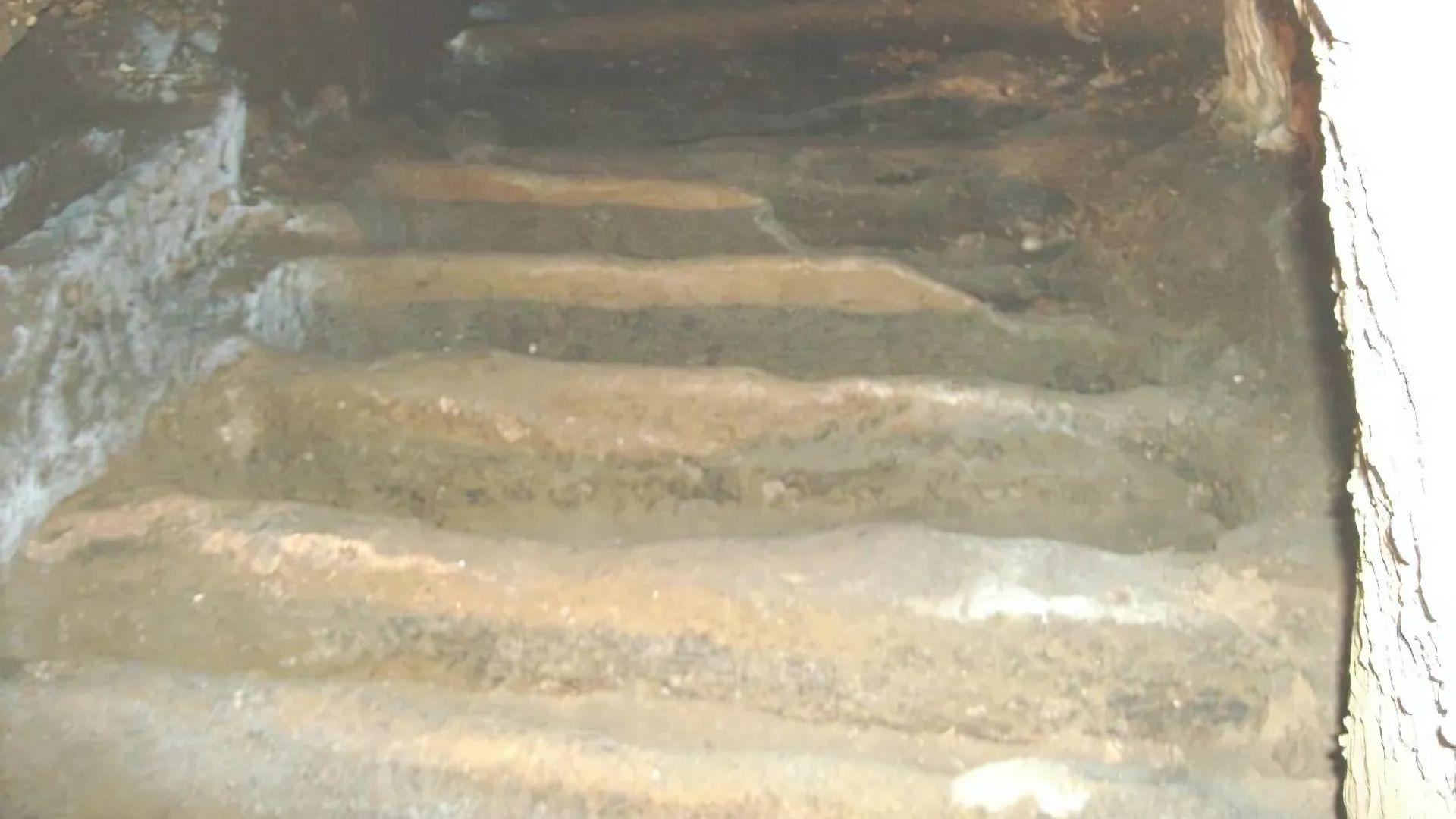
Roman Baths: Life, Leisure, and Civic Ritual
Roman baths were never just about getting clean. They buzzed with social life, politics, and culture. These thermal complexes shaped community identity and brought together people from all walks of life.
Layout and Daily Life in the Thermal Complex
Roman baths followed a set routine, guiding visitors through a cleansing ritual. I’ve always been intrigued by the way Romans moved from room to room—starting in the apodyterium (changing room), then to the tepidarium (warm room) to ease into things.
Next came the caldarium (hot room), steamy and heated from beneath. Attendants would scrape oil and dirt from bathers’ skin using strigils—curved metal tools. This wasn’t just fancy pampering; it was an everyday habit.
People usually visited the baths in the afternoon, after work, but before dinner. Men and women used the baths, though not at the same time or even in the same parts of the building.
Social Dynamics and Ethnic Relations
Roman baths broke down some social barriers. The rich could have bathed at home, but many preferred public baths for networking.
These places hummed with political talk, business deals, and juicy gossip. Ethnic groups, including Jews, joined in, though they had to navigate religious rules about modesty and ritual purity.
Entry fees were low—about the price of a loaf of bread—so nearly everyone could go. This kind of civic equality was rare in Rome, making the baths a unique social melting pot.
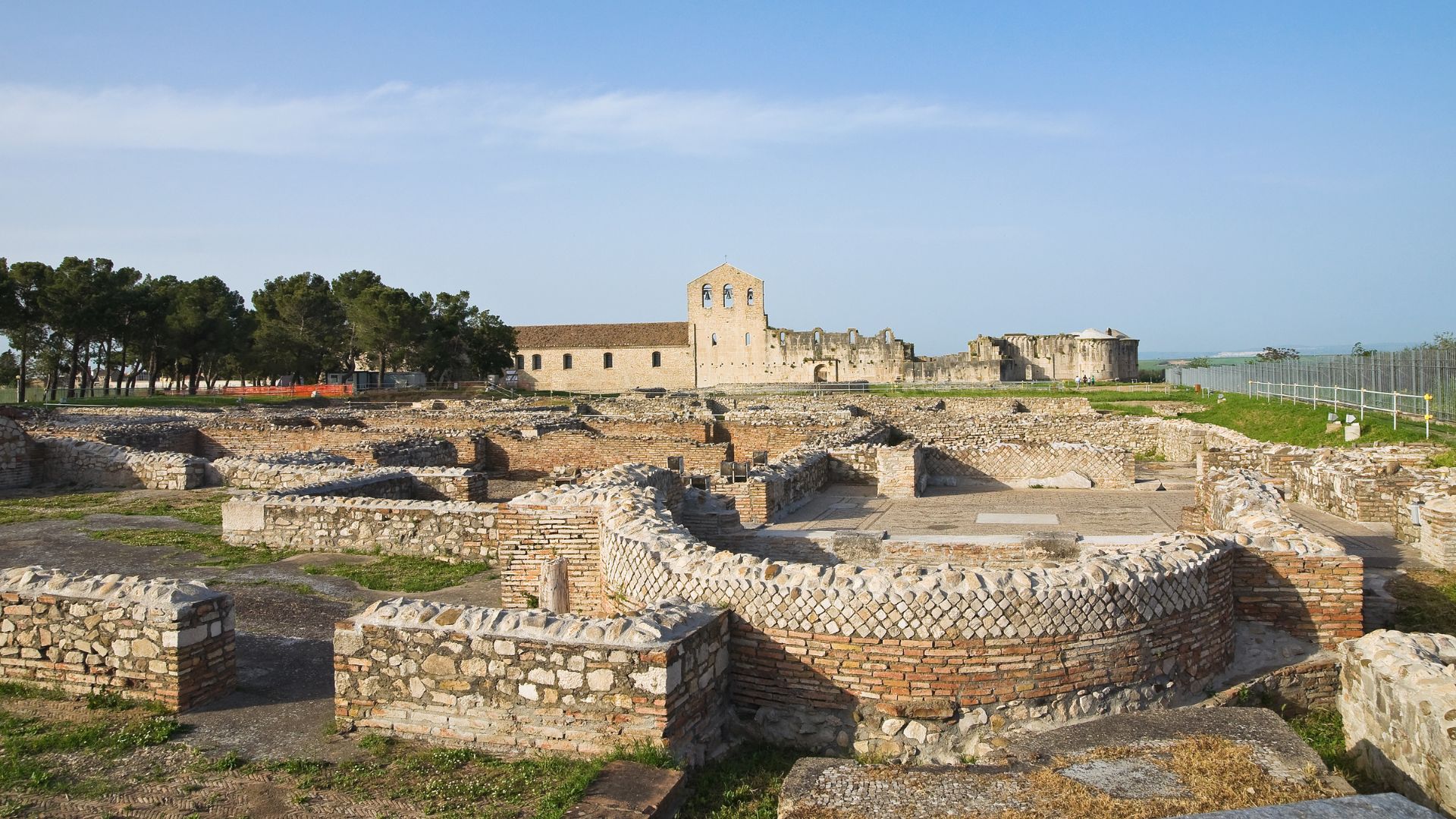
Intersections of Magic, Music, and Folklore
Baths appealed to all the senses. Musicians sometimes played in the courtyards, and the acoustics made lyres and flutes sound magical. Sometimes, local musical traditions, even Jewish melodies in places like Venosa, made their way into these performances.
People believed the waters had healing powers. Visitors tossed coins into pools as offerings to water gods or hid curse tablets under the floors, hoping the baths’ mystical atmosphere would work in their favor.
Bathers often wore amulets for protection. The baths ended up as a curious mix of hygiene, superstition, and entertainment—a real reflection of Rome’s diverse culture.
Power, Leadership, and Spiritual Change in Venosa
Venosa’s religious landscape shifted dramatically from the 4th to the 16th centuries as power moved between Jewish communities and Christian authorities. These changes echoed bigger political movements across Italy and the Roman Empire.
Imperial Edicts: Constantine, Justinian, and Christianization
Constantine’s Edict of Milan in 313 CE started Christianity’s rise, but still allowed Jewish communities in Venosa to practice their faith. I saw signs of this coexistence in the catacombs.
By the 6th century, Emperor Justinian’s legal codes made Jewish life harder. These laws limited synagogue construction and Jewish roles in civic life, but local authorities in southern Italy sometimes turned a blind eye.
Christianization picked up speed under Emperor Honorius and later through Pope Gregory the Great. As I walked Venosa’s streets, I noticed how Christian symbols eventually replaced older Jewish ones in public spaces.
Jewish Leadership, Synagogues, and Communal Support
Despite mounting pressure, Jewish communities in Venosa held onto strong leadership, centered around their synagogues. The catacombs mention community leaders and rabbinical authorities.
Synagogues weren’t just for worship. They offered education, social support, and kept traditions alive. I even found records of community funds helping widows, orphans, and the poor.
The Jewish inscriptions in Venosa show a well-organized, multilingual community. Some tombstones mention roles like “archisynagogus” (synagogue leader) and other important positions.
Monastic Influence: Benedictine Monks and Churches
By the 6th century, Benedictine monks had built a strong presence in Venosa. The unfinished Trinity Church complex stands as proof of their ambitious projects.
The monks changed the region through manuscript copying, education, and new farming techniques. Walking through their old properties, I could see how deeply they shaped Venosa’s economy and culture.
After the Council of Trent in the 16th century, church reforms locked in Christian dominance. The Jewish community then faced expulsion, ending nearly 1,500 years of presence. Now, the Jewish catacombs remain as one of the few tangible reminders of this once-vibrant community.
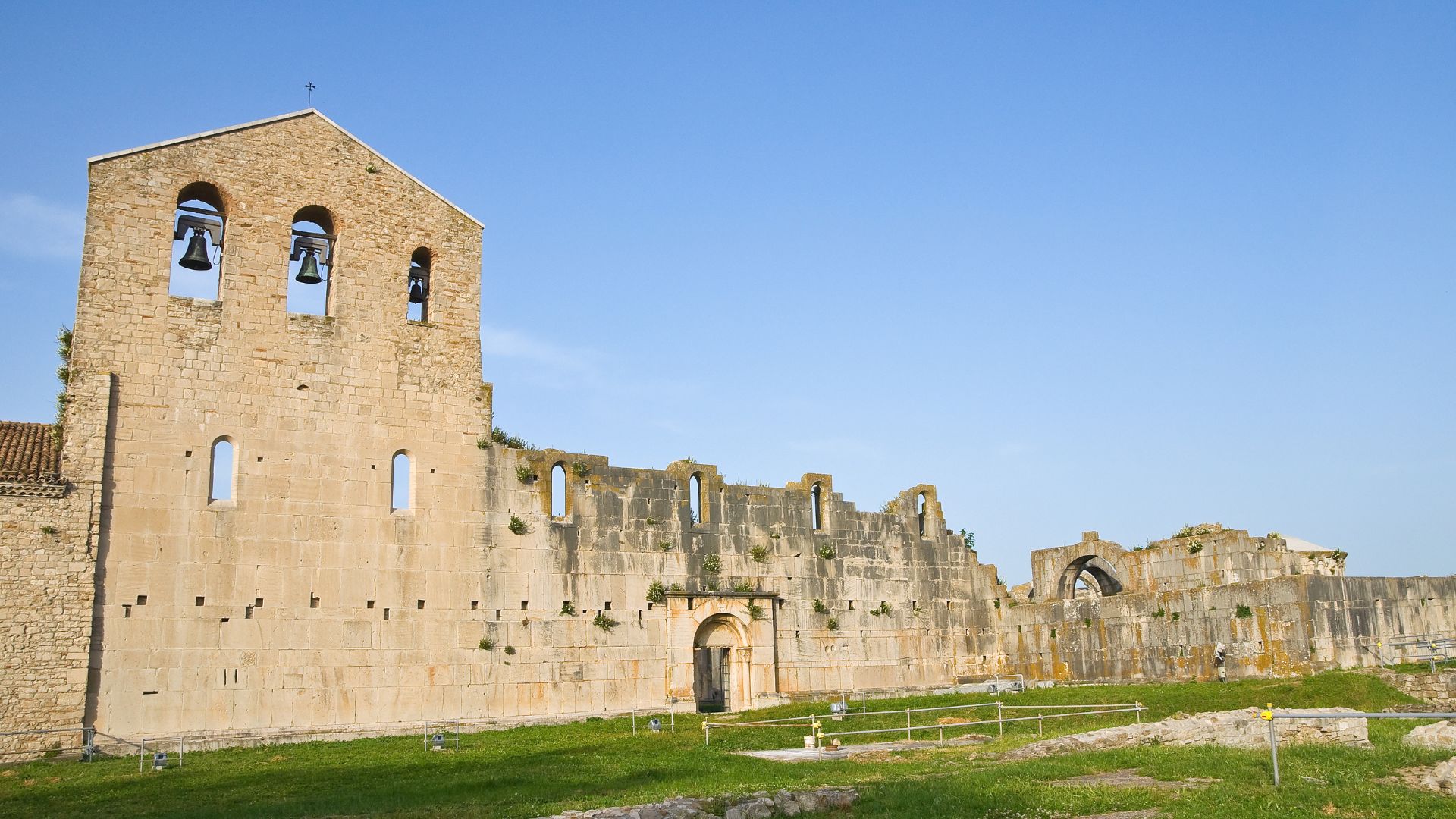
Legacy and Rediscovery: Exploring Venosa’s Enduring Influence
The Jewish catacombs of Venosa still stand as powerful symbols of a rich cultural heritage. Their rediscovery in the 19th century reignited interest in southern Italy’s Jewish history and opened new windows into ancient Jewish life.
Archaeological Rediscovery and Critical Editions
Back in 1853, archaeologists stumbled upon Venosa’s Jewish catacombs. That moment really changed what we know about the Jewish presence in southern Italy.
I still can’t get over how these burial complexes stayed hidden for so long. Generations passed before anyone even realized they were there.
Since then, researchers have mapped out the tombs and winding passages, dating them to somewhere between the 4th and 6th centuries CE.
Scholars have pored over the Hebrew inscriptions they found at the site. These texts offer a window into the community’s religious life and social fabric.
A lot of the inscriptions mix Greek, Latin, and Hebrew, which is just wild to see. It shows how multicultural Jewish life was in late Roman Italy.
With new preservation tech, experts can now study these fragile sites in much more detail. They don’t have to worry as much about causing damage.
When I visited last year, I noticed how tightly they control the environment down there. It’s all about keeping the catacombs from falling apart any further.
Jewish Experience in Medieval and Modern Times
Venosa’s Jewish community didn’t just vanish after antiquity. Evidence points to a continuous presence from the 3rd century right through the medieval era.
Walking around Venosa today, you can almost feel those echoes of Jewish life, even though so much has changed.
Some medieval Jewish scholars from Venosa made a real mark on religious thought and literature. Their ideas traveled far, shaping communities in Germany and Eastern Europe.
Things got tougher for the community in the late medieval period. Authorities imposed restrictions, and eventually, expulsions followed the pattern seen across Europe.
By the time of the Holocaust, hardly any Jews remained in Venosa. Still, descendants of the community live all over the world now.
Local museums display artifacts and old documents that trace this long, complicated story. I found those exhibits especially moving—they tie together the ancient and the modern.
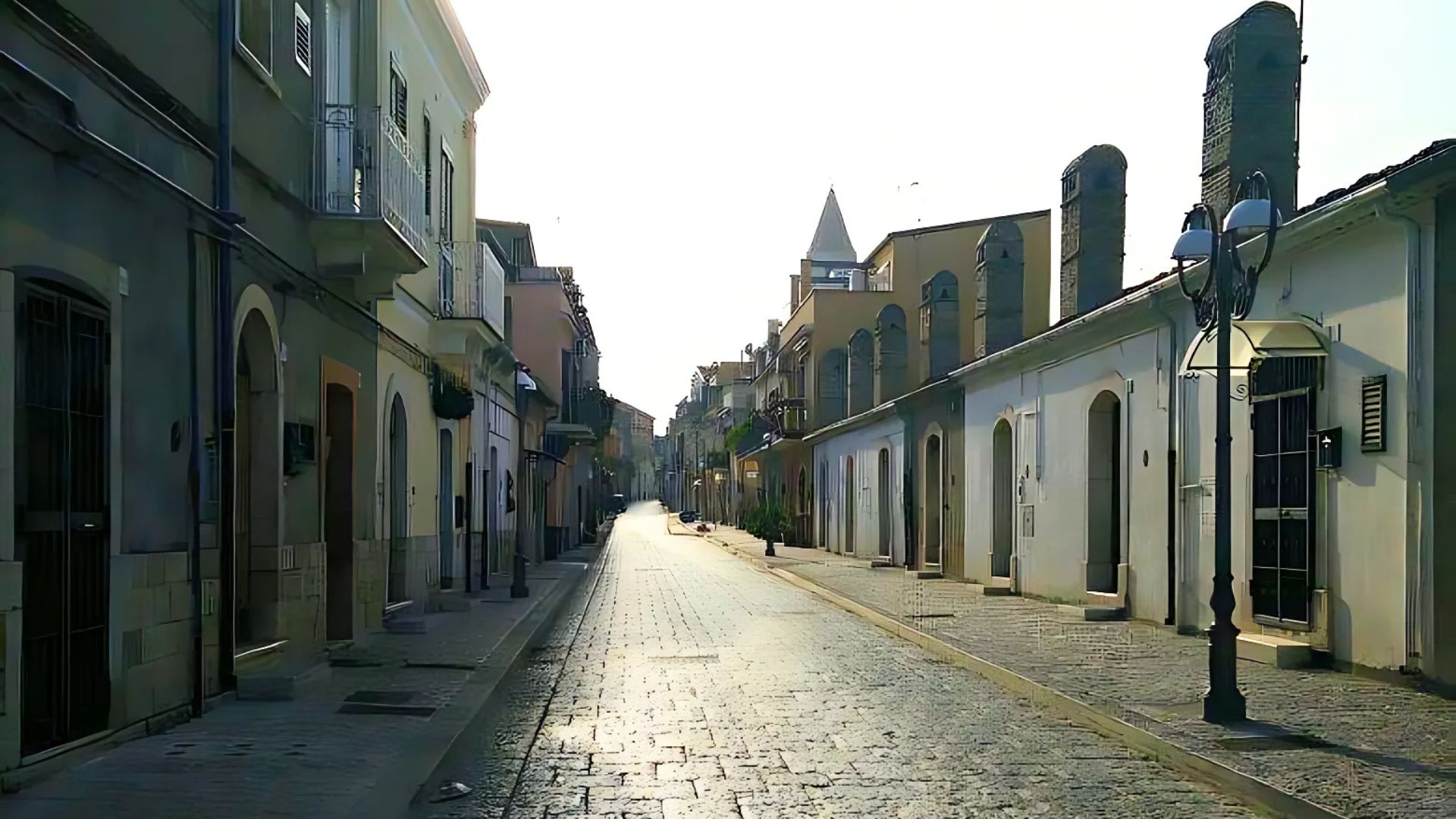
Venosa in Jewish Literature, Art, and Annotated Translations
The catacombs have sparked all kinds of literary works, ranging from dense academic studies to more imaginative takes. Thanks to modern annotated translations, English-speaking readers can finally get a sense of this heritage.
Artists keep coming back to Venosa’s odd mix of Jewish and Roman influences. Honestly, I’ve come across some recent pieces that take the catacombs’ old imagery and twist it into something completely new and pretty striking.
You know, the lack of evidence for certain periods has become its artistic theme. Some artists lean into those gaps, trying to picture what Jewish life might’ve looked like when the records just go silent.
Scholars haven’t lost interest either. Every year or so, someone puts out a new book or article that digs into Venosa’s deeper meaning.
A lot of these works point out how the Jewish story at Venosa ties into bigger patterns across Europe and the Mediterranean.

